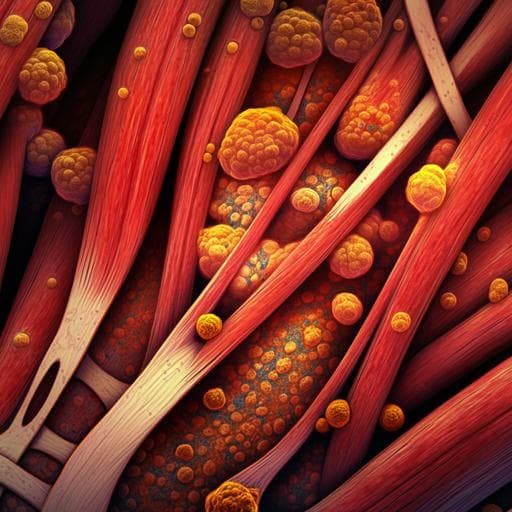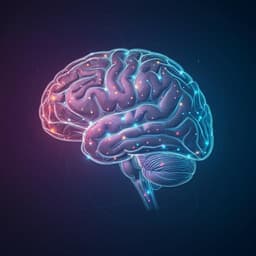
Medicine and Health
Myosteatosis and sarcopenia are linked to autonomous cortisol secretion in patients with aldosterone-producing adenomas
B. Lee, Y. Chang, et al.
This research explores the impact of autonomous cortisol secretion on muscle health in patients with adrenal aldosterone-producing adenomas. Conducted by a team of experts including Bo-Ching Lee and colleagues, the study reveals significant changes in intermuscular adipose tissue and skeletal muscle area following adrenalectomy, highlighting the links between ACS, myosteatosis, and sarcopenia.
~3 min • Beginner • English
Related Publications
Explore these studies to deepen your understanding of the subject.







